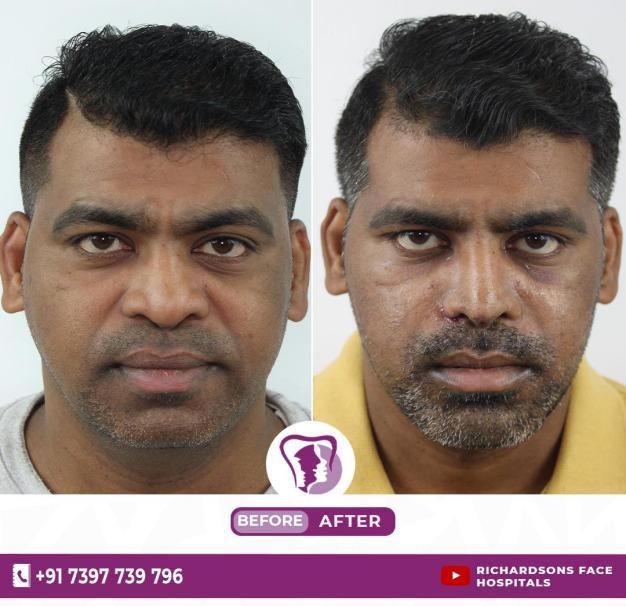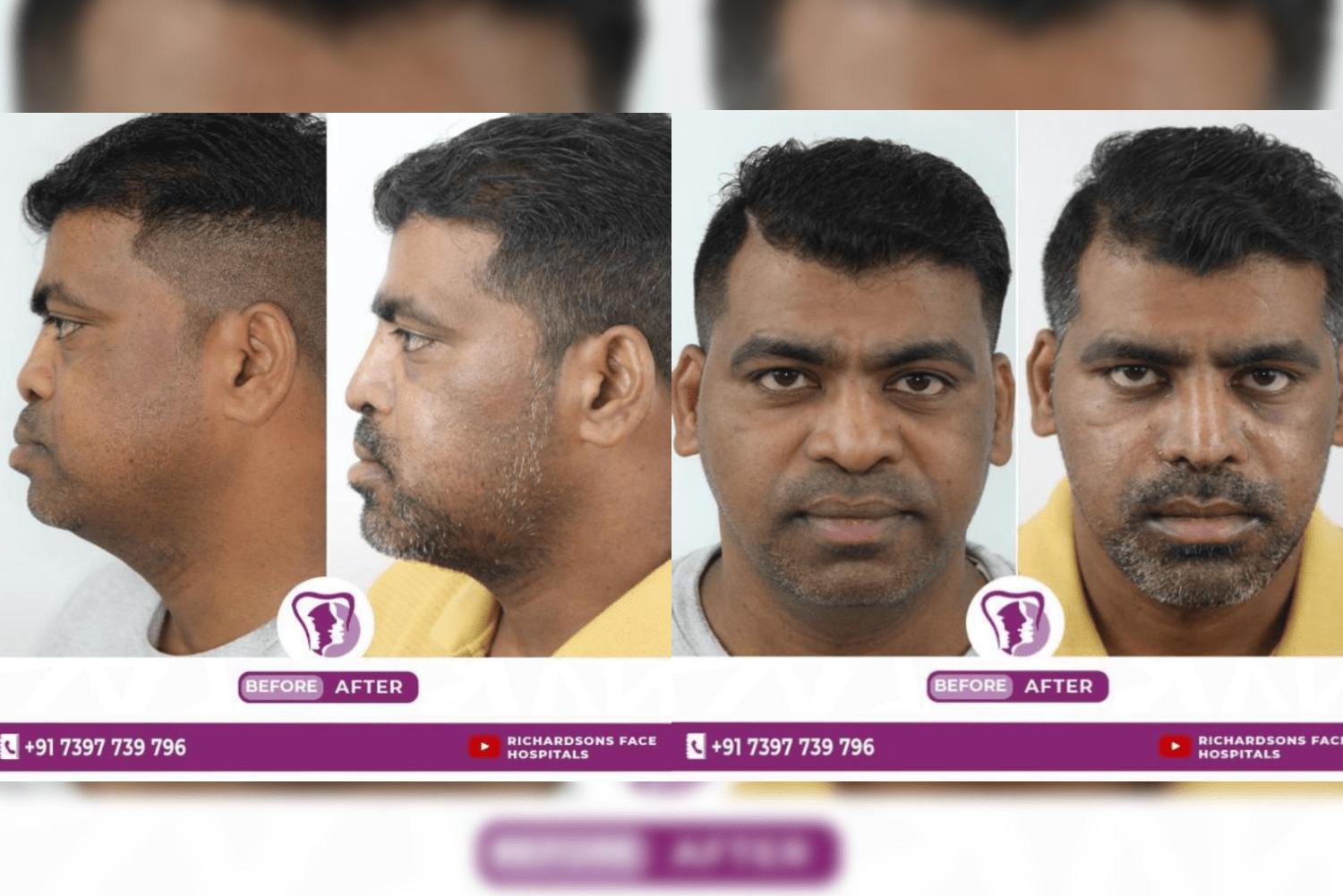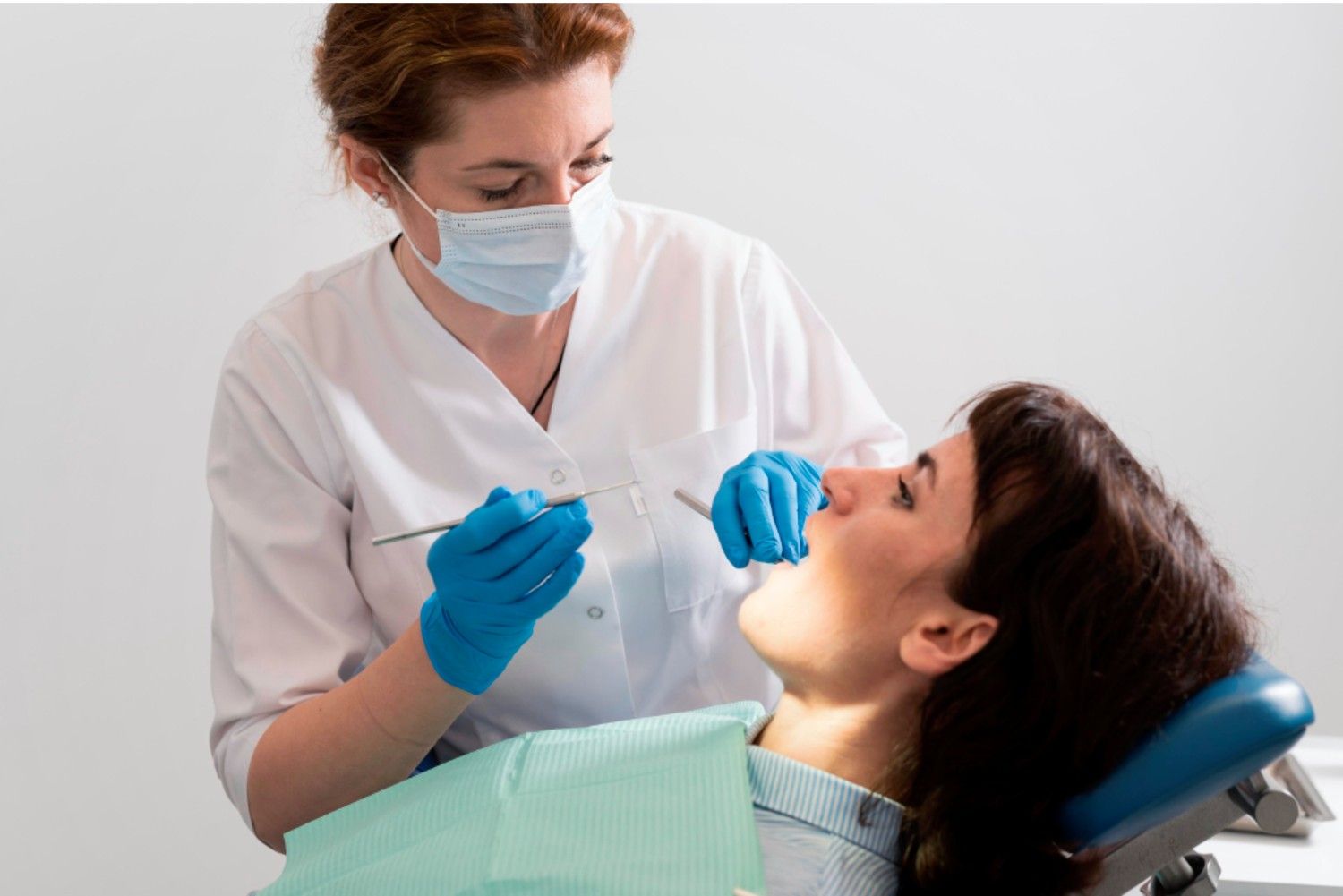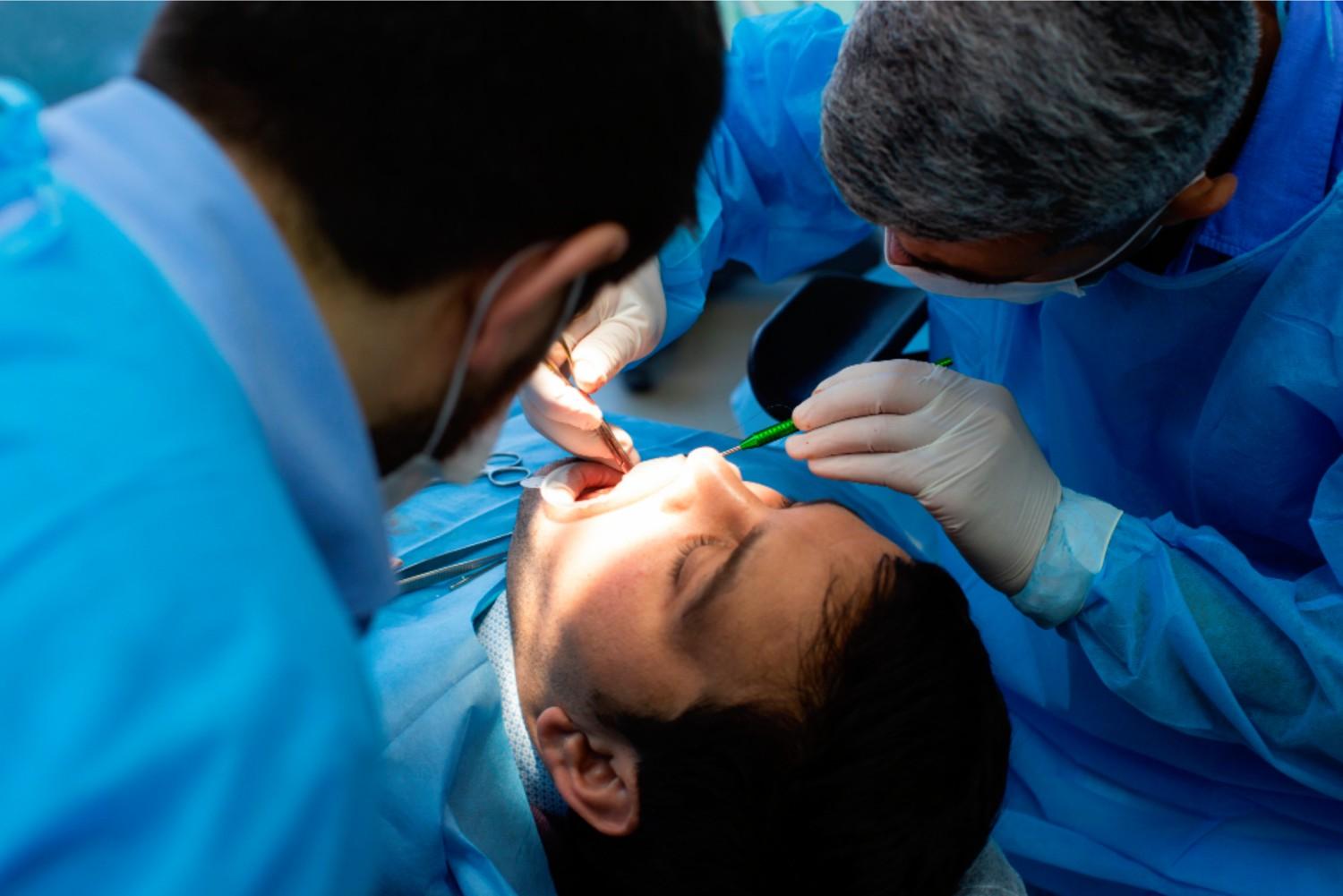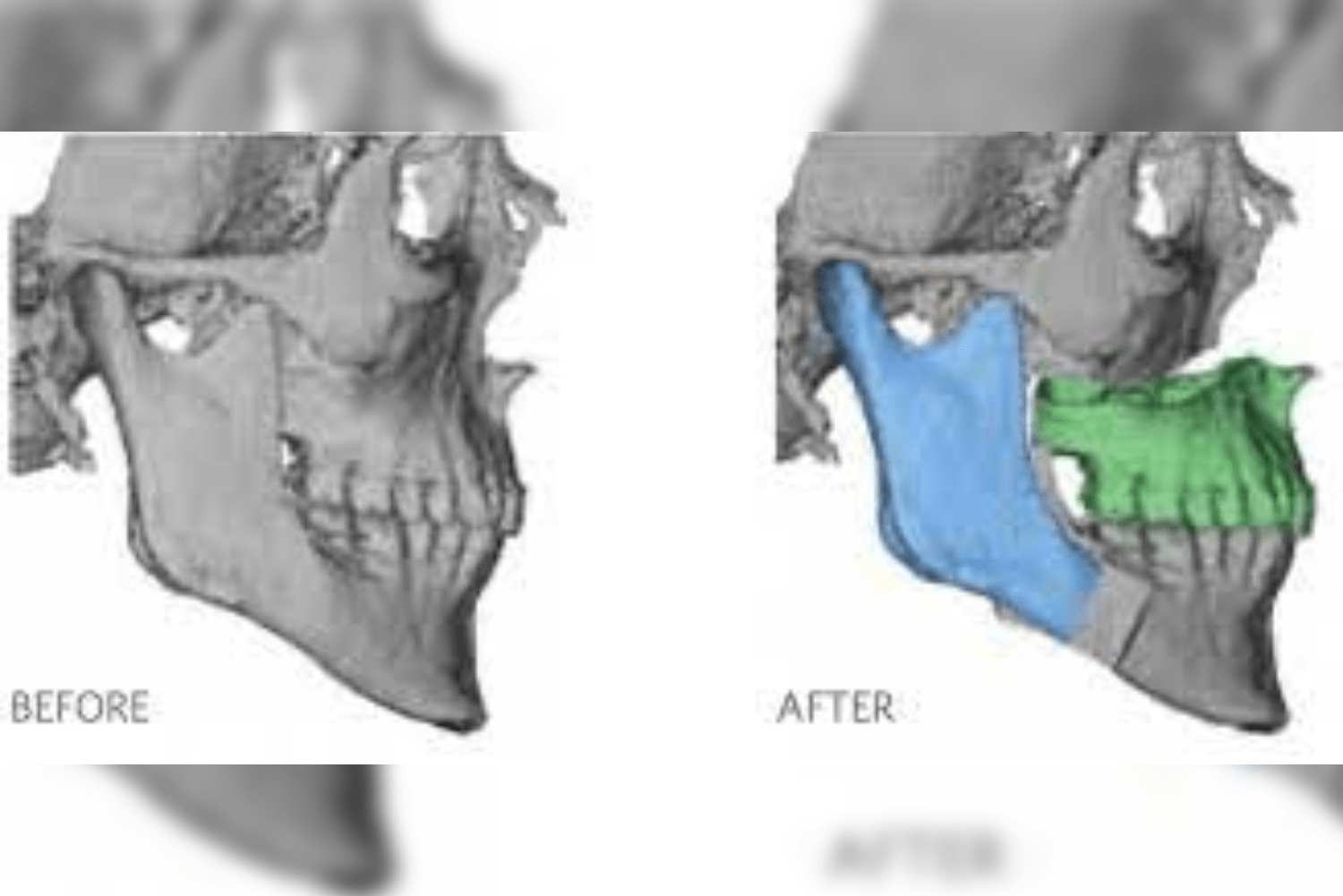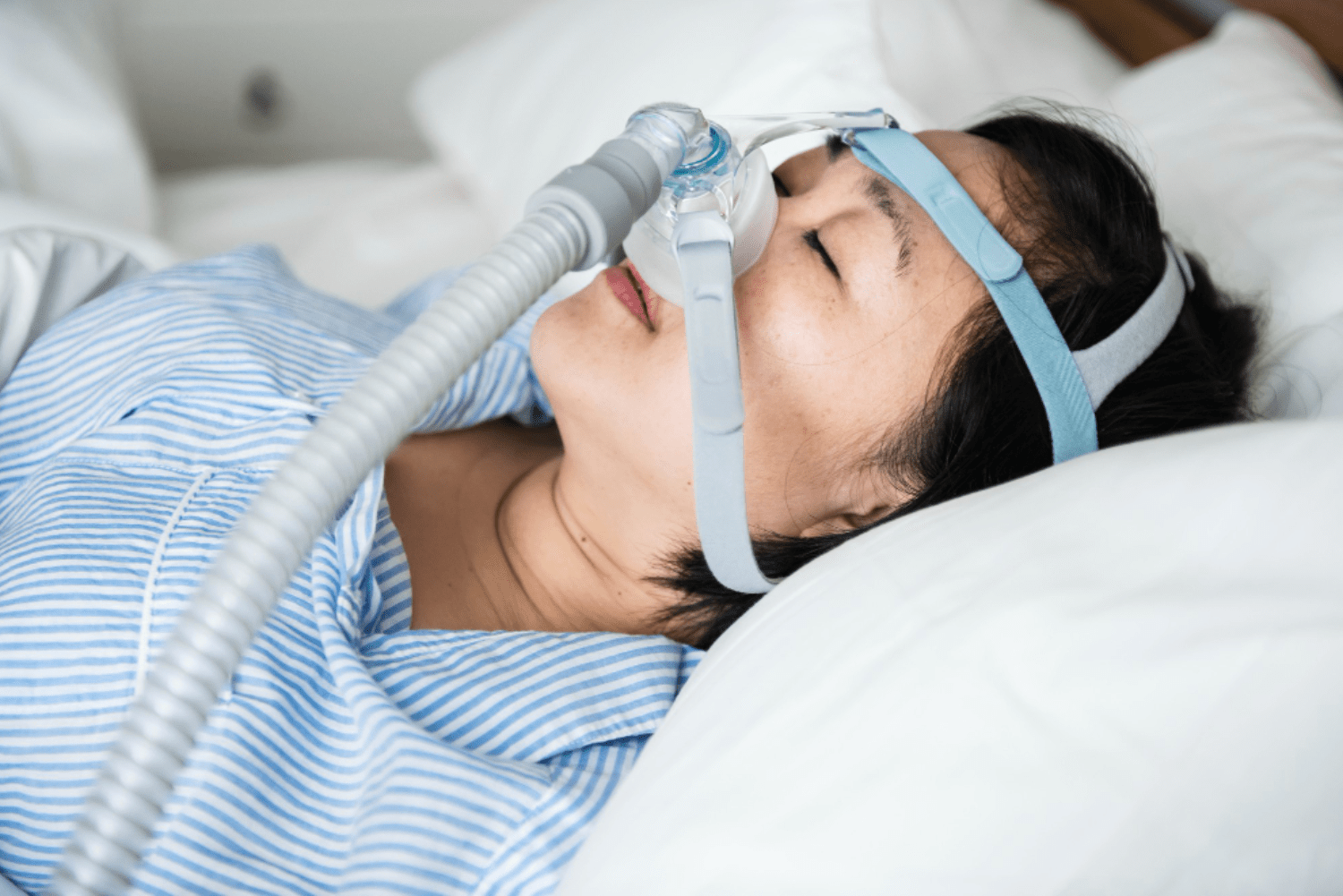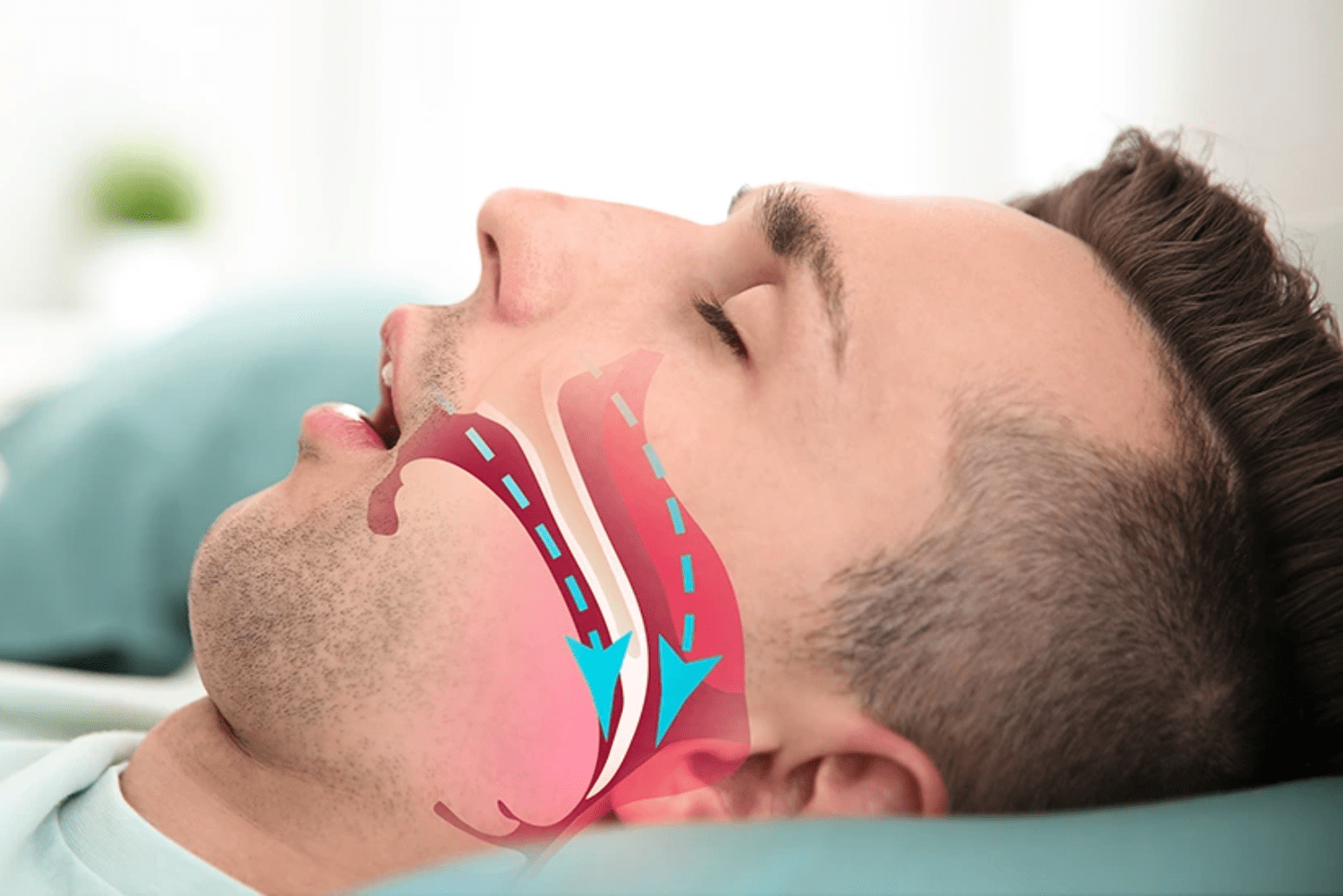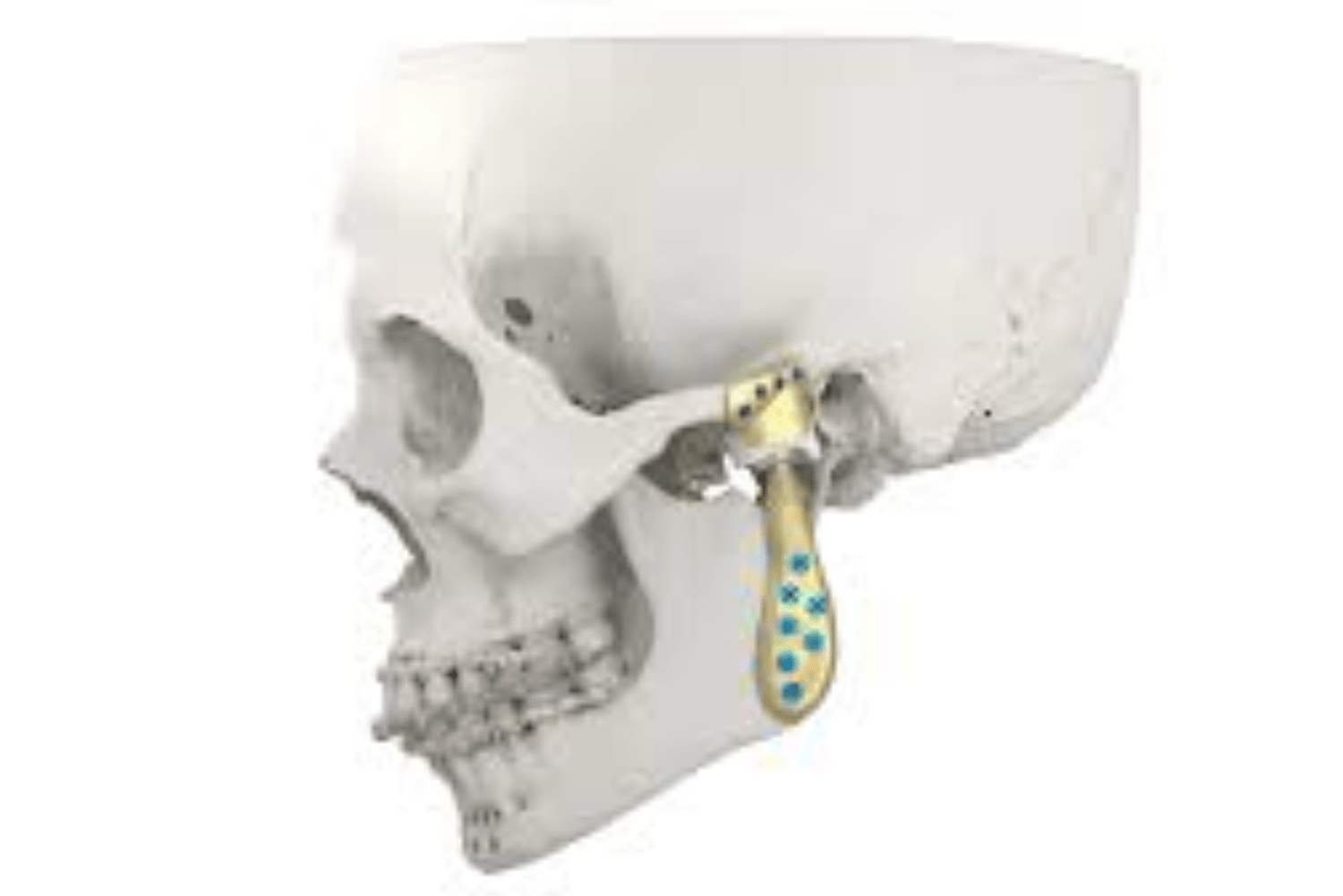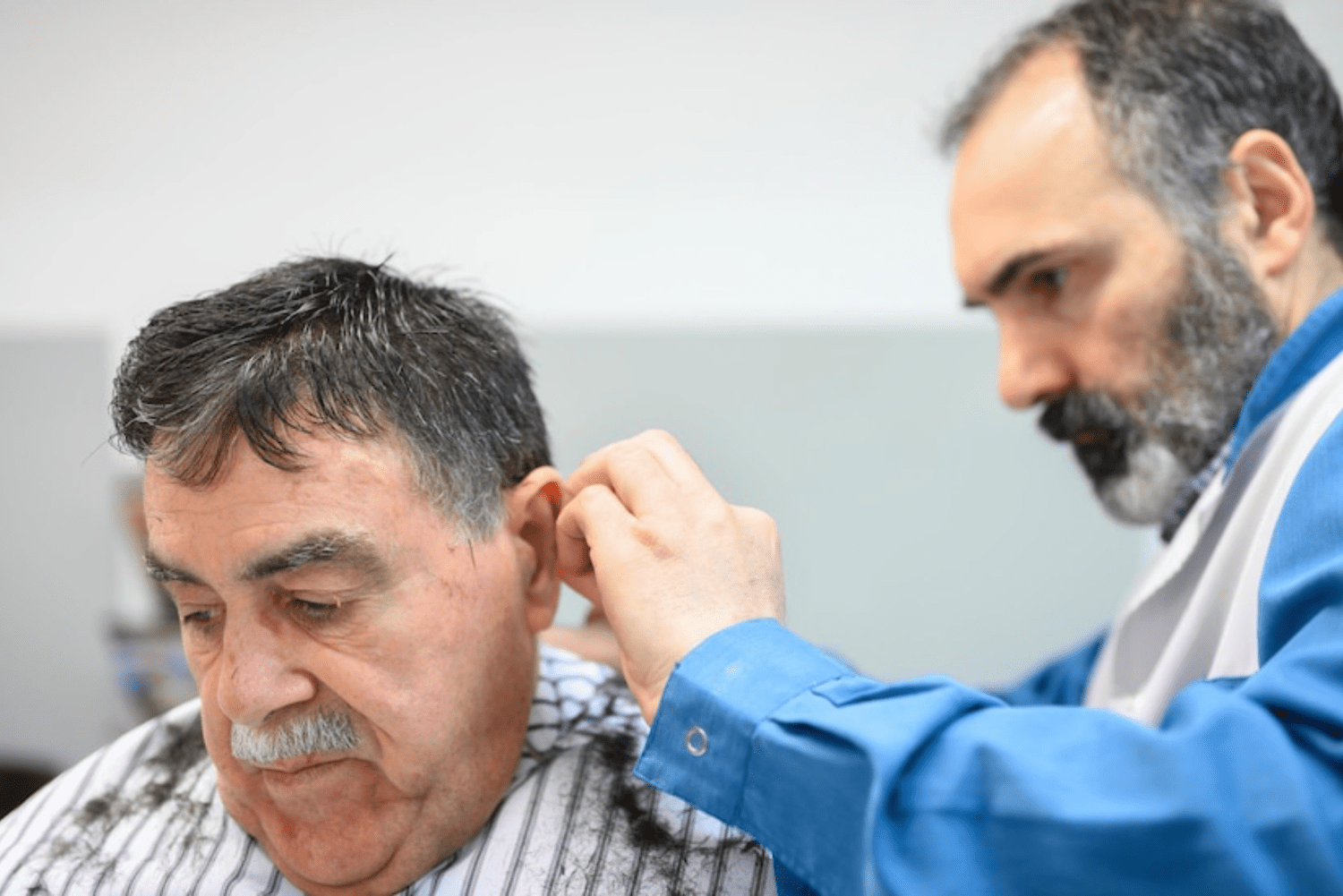WHAT IS A BURIED NOSE IN RHINOPLASTY TREATMENT?
● A flat/concave, depressed nose between the forehead and the upper lip can be termed
as a “Buried nose”, meaning a nose that is buried in the middle third of the face.
CAUSES:
● This happens because of a condition called nasomaxillary hypoplasia, where the
middle third of the face fails to grow along with the rest of the face and thus gives a
sunken appearance to the middle part of the face.
● This deformity can also occur due to other factors including trauma, infections or due
to certain diseases.
● To a lay man, a buried nose looks short, stubby and flattened.
FEATURES:
● A buried nose has the following features: depressed radix (nasal bridge), depressed
dorsum/ loss of nasal height, shortened nasal length (vertical), retracted and short
columella and a collapsed tip with a lack of tip projection.
● The nose lacks a sharp, defined projection or form because of the lack of a prominent nasal septum. The profile of the patient when viewed from the side is a concave or a C-shaped profile.
● Usually in such cases, the alar base is broadened giving an appearance of a snout from
a basal view just like a pug.
● The buried nose however can be differentiated from a saddle nose in that, along with
the loss of height in the radix and dorsum, there is a loss of tip support giving it a
completely buried look within the middle third of the face.
PHILOSOPHY OF RESURRECTIVE RHINOPLASTY:
● A buried nose is best corrected surgically and includes augmentation of the nose
● The radix, dorsum and the nasal tip is brought forward so there is an improvement in
not only the shape, but also the base of the nose.
● As the nose is restored in height and form, literally resembling its revival of shape and function, we have termed this rhinoplasty treatment as “Resurrective rhinoplasty”.
● Resurrective rhinoplasty in essence is where the buried nose is raised up surgically
and is forwardly placed in comparison with the eyes and the lip.
● The philosophy of the resurrective rhinoplasty treatment focuses on restoring the strength and support of the nasal skeleton while altering the contour to achieve the desired aesthetic result.
AUTOLOGOUS GRAFTS FOR RESURRECTION TREATMENT:
● Autogenous cartilage grafts are used for reconstruction as it has minimal to no
reaction at the recipient site since the tissue is from the patient’s own body.
● Satisfactory, consistent long-term results are seen on using these grafts which tend to
take-up without getting dissolved/ resorbed, thus providing sufficient strength and adequate support.
● Cartilage derived from various sites can be used, such as the septum (nose),
concha(ear) or rib (chest), as these cartilages are easily harvested and modelled to
form.
● Septal and conchal cartilage however, provide insufficient graft material to substitute
for the structural losses in buried nose deformity.
● In this case, rib cartilage provides the most abundant source of cartilage when reliable structural support is needed.
● The most significant advantage of rib cartilage is that grafts can be produced with considerable versatility with respect to shape, length and width. This facilitates
reconstruction of the nasal framework in patients with virtually all types of functional
and aesthetic requirements.
● The rib is usually harvested from the fifth, sixth or seventh rib region depending on
the patient’s anatomy.
RESURRECTIVE RHINOPLASTY TREATMENT:
● The open technique of the resurrective rhinoplasty treatment allows definitive diagnosis of the
deformity and precise structural modifications with grafts.
● Tip projection is controlled accurately and can thus be altered.
● Adequate height of the nose is achieved through the use of a rib graft.
● It is maintaining the integrity and strength of the nasal architecture that leads to stable
aesthetic results over time and the maintenance of a functional nasal airway.
POST-OPERATIVE INSTRUCTIONS:
● A medicated nasal pack is placed inside both the nostrils that would remain for 5 days
postoperative. Difficulty in breathing through the nose may be encountered and
patients are encouraged to breathe through the mouth until the pack is removed.
● A nasal splint over the resurrected nose is placed along with the nasal pack to
maintain its shape and contour. The splint remains until the 12th/13th postoperative day, depending on the healing of tissues.
● Stitches are usually placed in and around the nose. The ones on the skin are usually removed on the 5th day post surgery or after that depending on the healing of tissues.
The ones inside the nostril are resorbable that usually dissolve after 20 days.
● During the healing period, the patient is advised against application of any kind of
pressure over the contoured nose or bending down/ lifting heavy objects/ physical
exertion for two months post surgery.
● Patient is advised against blowing or sniffing through the nose for two months until
complete recovery.
● Swelling during the post-op recovery period might last for a week or more
● The final shape and form of the nose would only be appreciated after full recovery
which is after a month or two after the rhinoplasty treatment.
CONCLUSION:
Hence with resurrective rhinoplasty treatment, the patient’s nose increases in height with the nasal bridge, dorsum and nasal tip getting their support from the contoured graft giving an aesthetic appearance with a sharp tip projection.
CASE REPORT OF RHINOPLASTY TREATMENT:
A male patient, aged 39 years, came to our clinic with a complaint of a flat nose and
occasional breathing issues; the patient wanted shape of his nose to be corrected along with
an improvement in his breathing. A CT scan was done to better visualise the condition and arrive at a diagnosis. An open structure resurrective rhinoplasty treatment and dorsal augmentation with rib graft to resurrect his buried nose and give structure to the radix, dorsum and tip was done under general anesthesia. Patient had an uneventful healing period and was discharged on the 5th day post-surgery. On the 12th post-op day, his nasal splint was removed, and the results of the rhinoplasty treatment are as under:
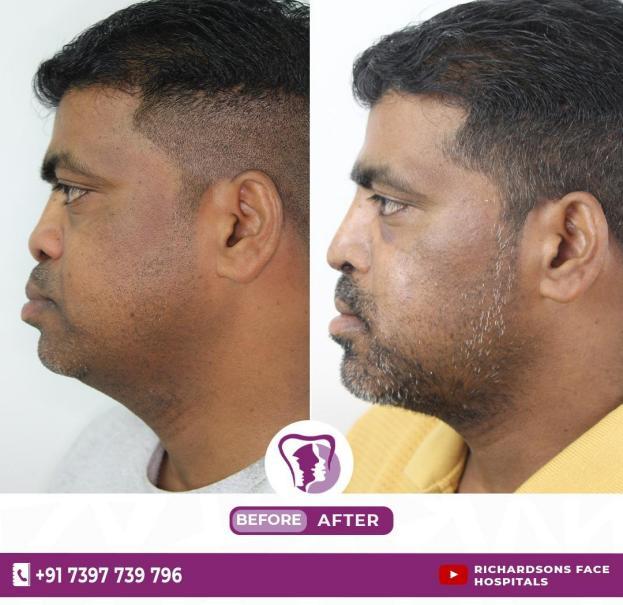
SIDE PROFILE VIEW SHOWING A BURIED NOSE ON LEFT AND RESSURECTED NOSE ON RIGHT
